DIY SEO: On-Page Optimization 2016
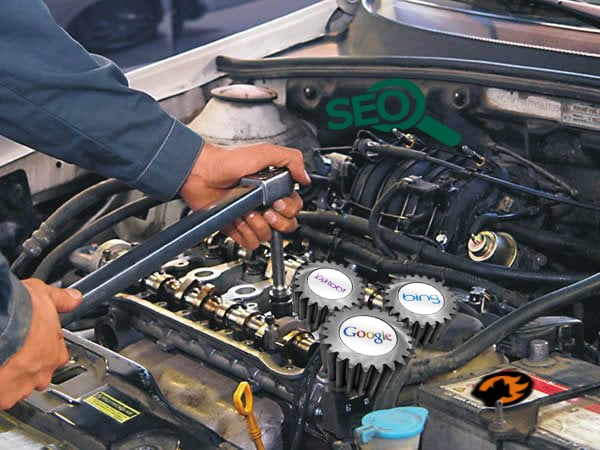
If you are wondering how to increase Google ranking you’ve come to the right place. Below, we discuss such an important topic as on-page SEO; other useful articles related to search engine optimization are listed here: DIY SEO on Firebear.

Since everyone wants to have a website among the top search results, and you are not the exception, our team prepared a comprehensive list of on-page optimizations. By mastering the following techniques, you will be able to get better Google rank for your blog, ecommerce Magento store, or whatever else.
Table of contents
- 1 On-Page Optimization 2016: URL
- 2 On-Page Optimization 2016: Title
- 3 On-Page Optimization 2016: Multimedia
- 4 On-Page Optimization 2016: Outbound Links
- 5 On-Page Optimization 2016: Inbound Links
- 6 On-Page Optimization 2016: More Tag
- 7 On-Page Optimization 2016: H1, H2, and H3 Tags
- 8 On-Page Optimization 2016: Load Speed
- 9 On-Page Optimization 2016: Social Sharing Buttons
- 10 On-Page Optimization 2016: Content
- 11 On-Page Optimization 2016: Images
- 12 On-Page Optimization 2016: Mobile Devices
- 13 On-Page Optimization 2016: HTTPS
On-Page Optimization 2016: URL
Your URLs should be short and keyword reach. Note that Google pays attention to the first 3-5 words from your URL, so try to avoid too long URLs. Also, don’t use URLs like https://firebearstudio.com/blog/p=1349, since they will never enhance your current Google ranking. This on-page optimization technique is extremely simple, so you don’t need to consult with the best companies to master it. Just improve your already existing pages and implement this approach with new posts. In the following example, PHP 7 is a keyword from a relatively short URL.
On-Page Optimization 2016: Title
Every SEO specialist will agree that your page title must contain a keyword. While this is obvious, the uncertainty is in a keyword’s placement, so we’d like to draw your attention to the harsh truth: the closer your keyword is to the beginning of the title tag, the more influence it provides on search engines. Some SEO companies also insists that long page titles have less weight in comparison to shorter ones. The example below, which is also based on our article about PHP 7, illustrates the proper usage of keywords in a title.

On-Page Optimization 2016: Multimedia
Plain text is painfully boring, despite it it always the major component of a website especially if it is a blog. You will never engage most of your visitors to read a large article if it is not staffed with images, videos, infographics, and other multimedia. Please note that text can only take your content so far, but it is not very effective for reducing bounce rate and increasing time on site. These critical user interaction ranking factors can be improved with the aid of high-quality multimedia content, which boosts user-interaction signals appreciated by Google and increases the value of your website. The following picture shows that the plane text of the PHP 7 article is devided into parts with pictures and code samples.

On-Page Optimization 2016: Outbound Links
Using outbound links you utilize another strong DIY SEO technique related to on-page optimization. It is important to mention to core aspects of outbound link building: the quantity of links and the quality of websites your links lead to. If you use more than 4 outbound links per 1000 words, Google will probably suspect that your site can be spammy. As for the quality, you should link out to authority sites related to the content around the link. The example below shows an outbound link to Wikipedia, which is a reliable website. The article itself describes deprecated functionality in PHP 7 mentioned in our blog post.

On-Page Optimization 2016: Inbound Links
As for inbound links, they not only make your website more SEO friendly, pointing searching engines towards the most important pages, but help to decrease bounce rate if placed at the beginning of your content. They are clicked more often when links situated deeper in an article, so a reader spends more time on your website. As you can see, our PHP 7 article contains an inbound link right in the first sentence:
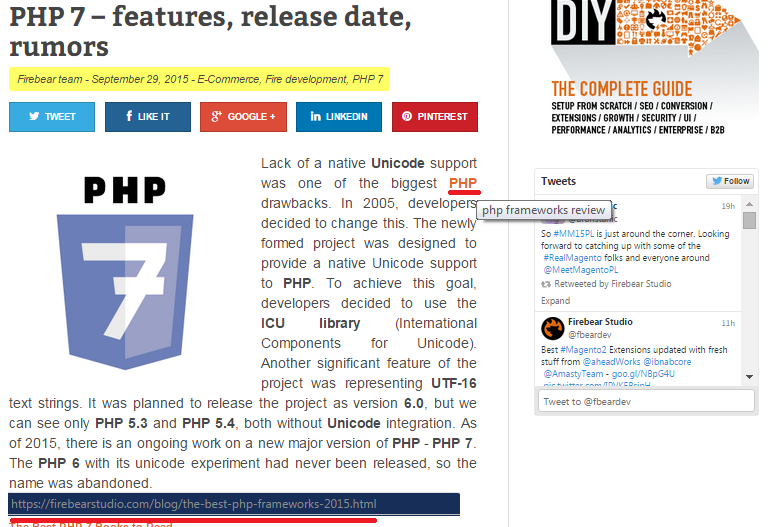
On-Page Optimization 2016: More Tag
Place your keyword within the first 100 words of your post somewhere before the More Tag. That will help search engine understand what your page is all about. Consequently, you will improve your current Google ranking. The following picture shows that there is a head keyword in the first sentance of the article, and a body keyword before the More Tag.
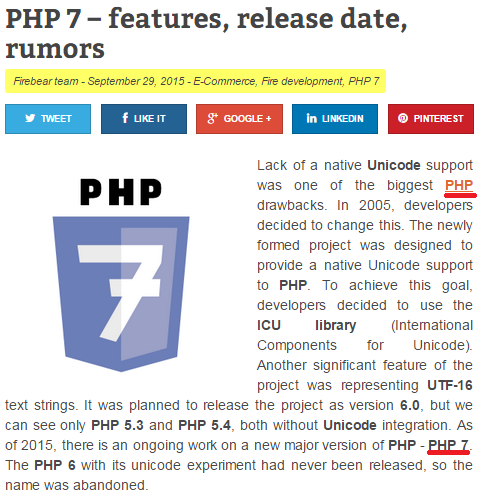
On-Page Optimization 2016: H1, H2, and H3 Tags
Pay attention to your title tag: it should be H1. Most CMSs utilize it by default, but some platforms rely on other settings. Some SEO companies claim that there should be only one H1 tag per page, while others argue that it is possible to use several. At the same time both believe that only their on-page SEO improvement is helpful, while competitors’ one is harmful. We use more than one H1 tag per page and you can see the proof below. As for H2 and H3 tags, there is no consensus on their usage, but it is better to place your keywords once or twice there.
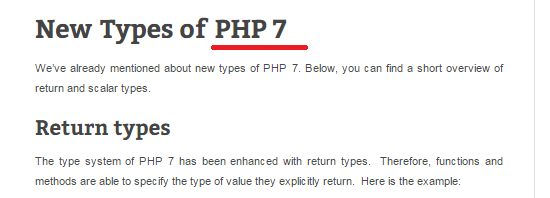
On-Page Optimization 2016: Load Speed
Load speed is among top Google ranking factors, so a single page load should take not more than 3-4 seconds. Otherwise, both search engines and customers will consider they are dealing with a website of poor quality. Thus, you will get increased bounce rate and reduced Google rank. Check your page load speed right now with : the tool shows that that our page speed score is 82%, while the averedge index is 80%. As for performance improvements, they can be very different. For further information on Magento performance, follow this link: Magento Performance Ultimate Guide.
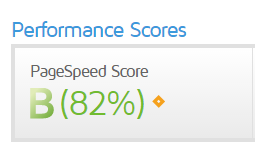
On-Page Optimization 2016: Social Sharing Buttons
Although social signals are not a crucial part of the Google algorithm, but social shares can significantly increase the number of your visitors. Thus, having social sharing buttons on your site is another important on-page optimization. Use only prominent buttons, since they can dramatically improve social sharing. We’ve chosen the following solution:

On-Page Optimization 2016: Content
Content improvements are probably among the most influential on-page SEO tricks. First and foremost, take care of keywords. Check the appropriate DIY SEO post on Firebear: Keyword Research 2016. In this article, we describe how to create and use correct keywords. And don’t forget about LSI keywords and other synonyms. The second important factor related to content optimization is its length. Make sure your posts contain at least 1000 words. Besides, they should be unique and useful (yes, Google can determine how useful they are). Our DIY SEO article is useful and unique:
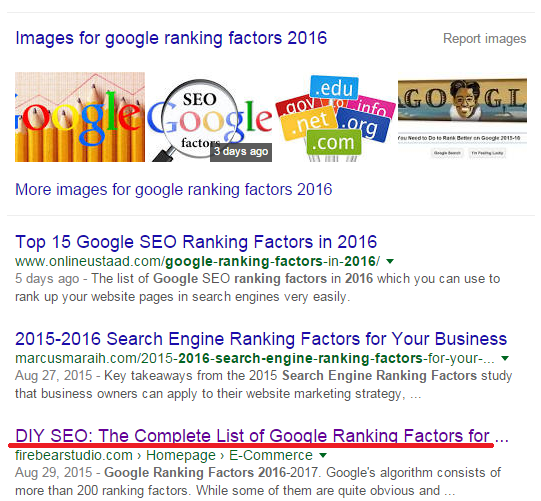
On-Page Optimization 2016: Images
Before hiring an expensive SEO provider, optimize your images first. Title, Caption, Alt Text, and Descriptions are often left empty (see the example below), which is a blunder. Put your keywords there and you will witness dramatic improvements in your current ranking, but don’t go overboard, since Google will consider you to be a violator.
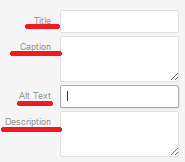
On-Page Optimization 2016: Mobile Devices
Make your pages are mobile friendly (ours already are). Google already pay attention to this factor in mobile search, so don’t loose your visitors who prefer surfing the Internet from their smartphones and tablets. Pass right now.

On-Page Optimization 2016: HTTPS
Security is another SEO factor vital in 2016. Although migration to HTTPS affects all your website, it won’t be superfluous to mention this optimization in the post about on-page SEO.

IOCheck SEO Tools
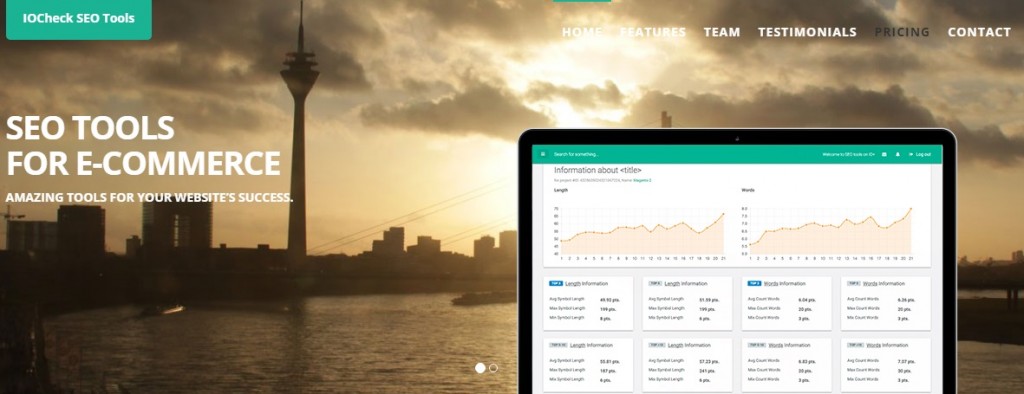
Run a SEO check with IOCheck – the latest SEO software tool. Research keywords, find out keyword grouping, analyse competitors, and run morphological analysis with the newest SEO optimization software.
Paste several keywords relevant in your business niche and get a bunch of new keywords from various sources. Upload a list of keywords and IOCheck will provide you with the analysis of your competitors. Run a competitor’s website SEO check and the map keys necessary to improve your own content.
For further information, follow this link: .
_____
That was our guide to onpage optimizations. Feel free to ask any questions in the comment field below.










